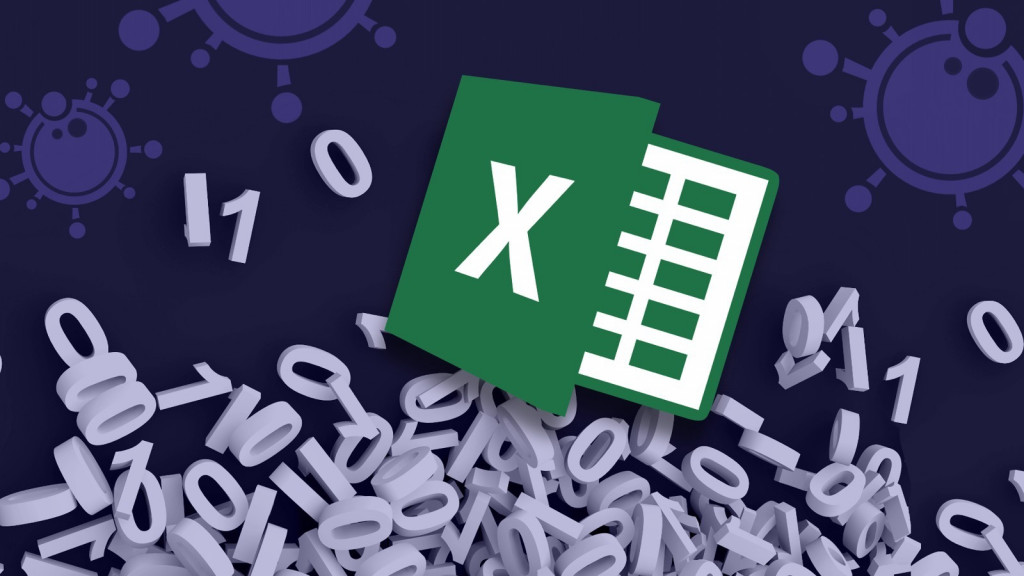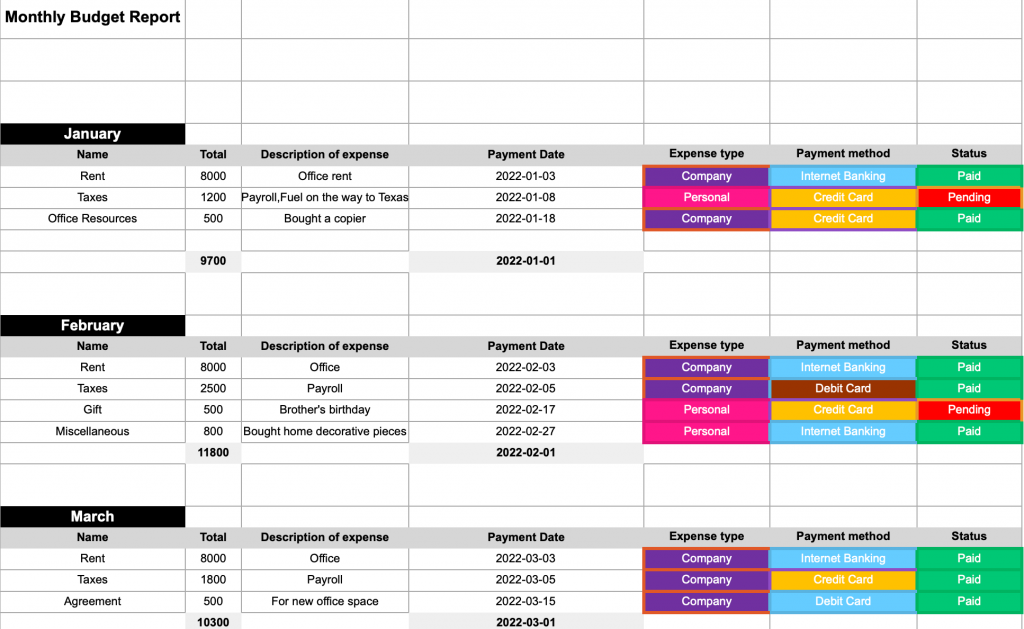Excel spreadsheets have long become a familiar tool for many businesses in their working process, especially for cost management purposes. However, hidden behind its convenience and ease of use, Excel has many potential risks that can seriously affect the financial operations of businesses.
Because, Excel spreadsheets are not designed to handle the increasing volume and complexity of data in today's digital age.
This article will analyze 3 main risks when using Excel spreadsheets to manage costs, and propose solutions to help businesses optimize management efficiency and minimize risks.
Historical lesson about potential risks when using Excel spreadsheets in business
History has proven that many serious errors occur due to the use of Excel spreadsheets to manage data in businesses. Typical examples are:
- Public Health England (PHE) 2020: The loss of 15,841 positive test results due to Excel's limitations in processing large amounts of data, led to serious consequences in tracing and controlling the epidemic.
- Fidelity Magellan Fund in 1995: Falsely reported financial situation of 2.6 billion USD due to typographical errors in Excel spreadsheets, greatly affecting the investment fund's reputation and operations.
- University of Toledo in 2004: Incorrectly estimated the budget of 2.4 million USD due to a formula error in Excel, leading to ineffective use of the budget and affecting the university's development plan.
- London Olympics 2012: Oversold 3,000 tickets due to staff entering incorrect data, causing financial loss and affecting the image of the Olympics.

Although the potential risks are huge, according to an FSN survey, 71% businesses still rely on manual spreadsheet management. This shows that many businesses are not fully aware of the risks when using Excel to manage data.
With the above historical lessons, we can see that businesses need to consciously change the way they manage information to ensure efficiency and safety for their business operations.
Analyze risks
Using Excel spreadsheets to manage data, especially financial data, poses many potential risks for businesses. Risks when using Excel spreadsheets can be divided into three main groups:
Human error
This is the most common risk when using Excel spreadsheets for work. Manual data entry, calculation and data synthesis can easily lead to errors:
- Input error: Typing a wrong number, missing information, or entering the wrong format.
- Deviation calculation: Faulty formulas lead to inaccurate results.
- Lack of version control: Difficulty in determining the latest and most accurate version.
Lost data
Data is an important asset of businesses. Using Excel to store data poses the risk of data loss due to:
- Excel file is corrupted or deleted: Due to system error, virus, or mistaken operation.
- Security error: Vulnerable to unauthorized access or data theft.
Difficulty in management
Excel is a manual tool that lacks automation features and supports effective collaboration. Therefore, using Excel to manage costs faces many difficulties such as:
- Lack of automation: Spending time and effort on manual operations.
- Difficulty in monitoring and reporting: Complicated and time consuming.
- Difficulty in collaborating: Data conflicts can easily occur when many people work on the same spreadsheet.
One of the biggest risks when using spreadsheets to process data, especially financial data, is human error during manual data processing. Therefore, businesses still want to reduce manual steps in the process by applying technology.
Risks when businesses manage costs through Excel files
Besides the general risks mentioned previously, using Excel files to manage costs also has many other potential risks that affect the operations and financial performance of the business.

Here are the risks to keep in mind:
Errors and fraud
- Manual calculation: Manually entering, calculating and synthesizing data in Excel easily leads to human errors, affecting the accuracy of financial information.
- Easy editing: The ability to edit data in Excel is higher than in specialized software, creating conditions for expense fraud.
- Hard to control: Tracking and controlling data changes in Excel is difficult, leading to a lack of transparency in cost management.
The approval process is unclear
- Missing system: Expense management using Excel is often based on manual processes, lacking a clear approval system.
- Manual approval: Expense approval is often done via email, text message or verbally, lacking consistency and efficiency.
- Errors are likely to occur: The manual approval process can easily lead to errors, lack of transparency and the potential for corruption.
Lack of data for analysis
- Limited analytical capabilities: Excel has basic data analysis functions, but is not powerful enough to analyze spending trends and make accurate forecasts.
- Lack of in-depth reporting: Creating detailed and in-depth reports from Excel faces many difficulties, affecting the assessment of financial performance.
- Lost opportunity to improve: Due to lack of data and analytical reports, businesses miss opportunities to improve cost management efficiency and optimize resources.
Which tools can minimize the above risks when managing costs?
To overcome the risks of Excel spreadsheets, businesses should use them Professional expense management software. These software provide many superior features such as:
- Automate the cost management process: Helps save time and effort.
- Effective spending control: Helps closely monitor and control spending.
- Detailed and intuitive reports: Helps understand spending situation and make informed decisions.
- High data security: Ensure the safety of financial data.
Excel spreadsheets can be a useful tool for certain tasks, but they are not the optimal solution for managing business expenses. Using professional expense management software helps businesses optimize management efficiency, minimize risks, and improve financial control.
Bizzi Expense application - A weapon that helps businesses tightly control costs
Bizzi Expense is a strict cost management solution that helps businesses minimize risks when using Excel spreadsheets.
Find out details at: https://bizzi.vn/giai-phap-quan-ly-chi-phi-doanh-nghiep

Bizzi helps Bosses feel more secure thanks to:
Plan your budget effectively
- Accurately forecast financial needs for all activities, estimate business results, labor costs, raw materials, salary budget...
- Plan budget and implement cost optimization.
- Monitor actual performance and adjust plans accordingly.
Strict cash flow control
- Track and channel all money out based on budget, estimated expenditure, and actual expenditure.
- Strictly manage every smallest expense.
Thorough cost analysis
- The system automatically synthesizes comprehensive cost reports for each period from all aspects, according to indicators.
- Compare recent periods to understand trends and make accurate financial forecasts and decisions.
Close internal management
- Helps review and update all internal business activities continuously and quickly over time (day/month/quarter/year), by region, product type...
- The process is digitized and streamlined, making it easy for the whole company to use and have a cost management mindset for each employee.
High data security:
- Bizzi – one of the few enterprises in Vietnam to achieve ISO 27001:20123 certification – Information Security Management System (ISMS) recognized worldwide by the International Organization for Standardization ISO developed by the TQC Quality Testing and Certification Center.
Register for a free experience of the Bizzi Expense Management system today!


